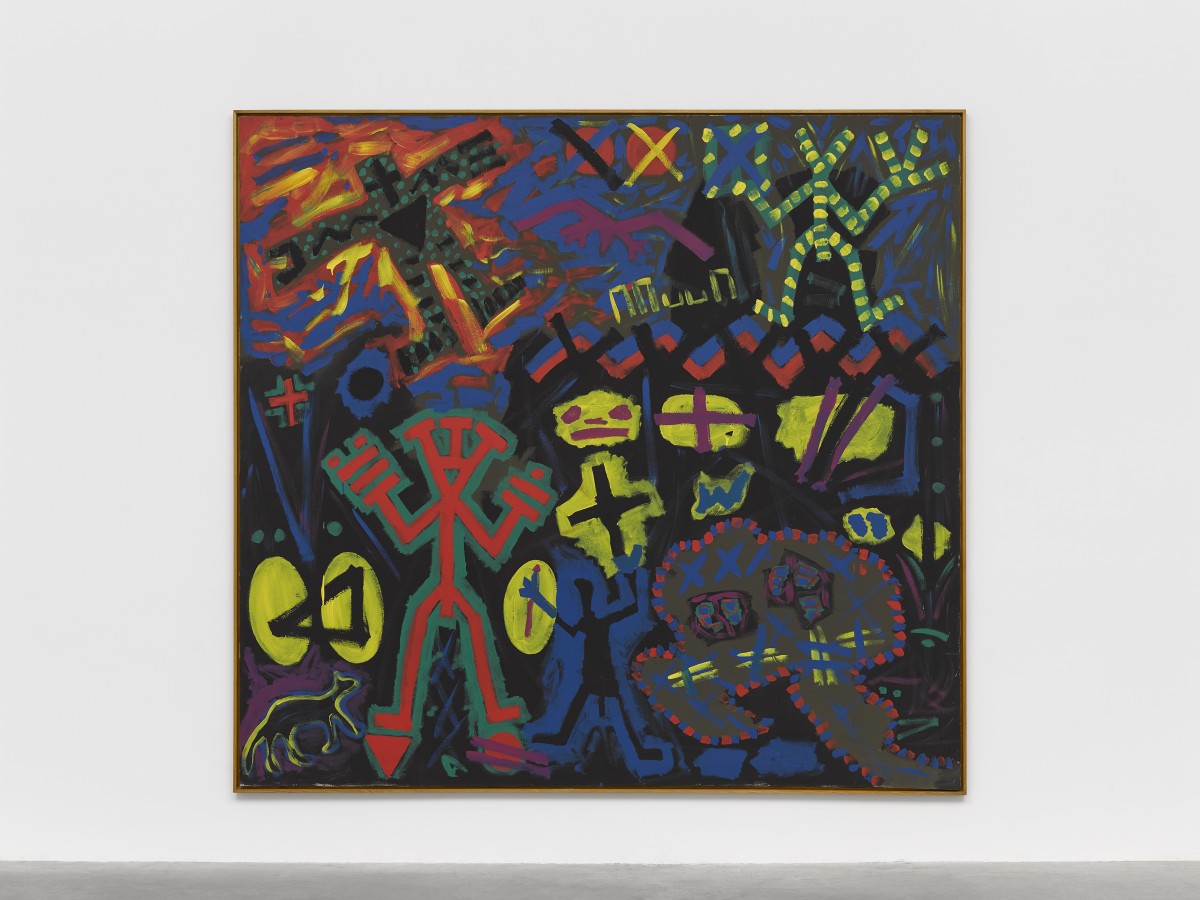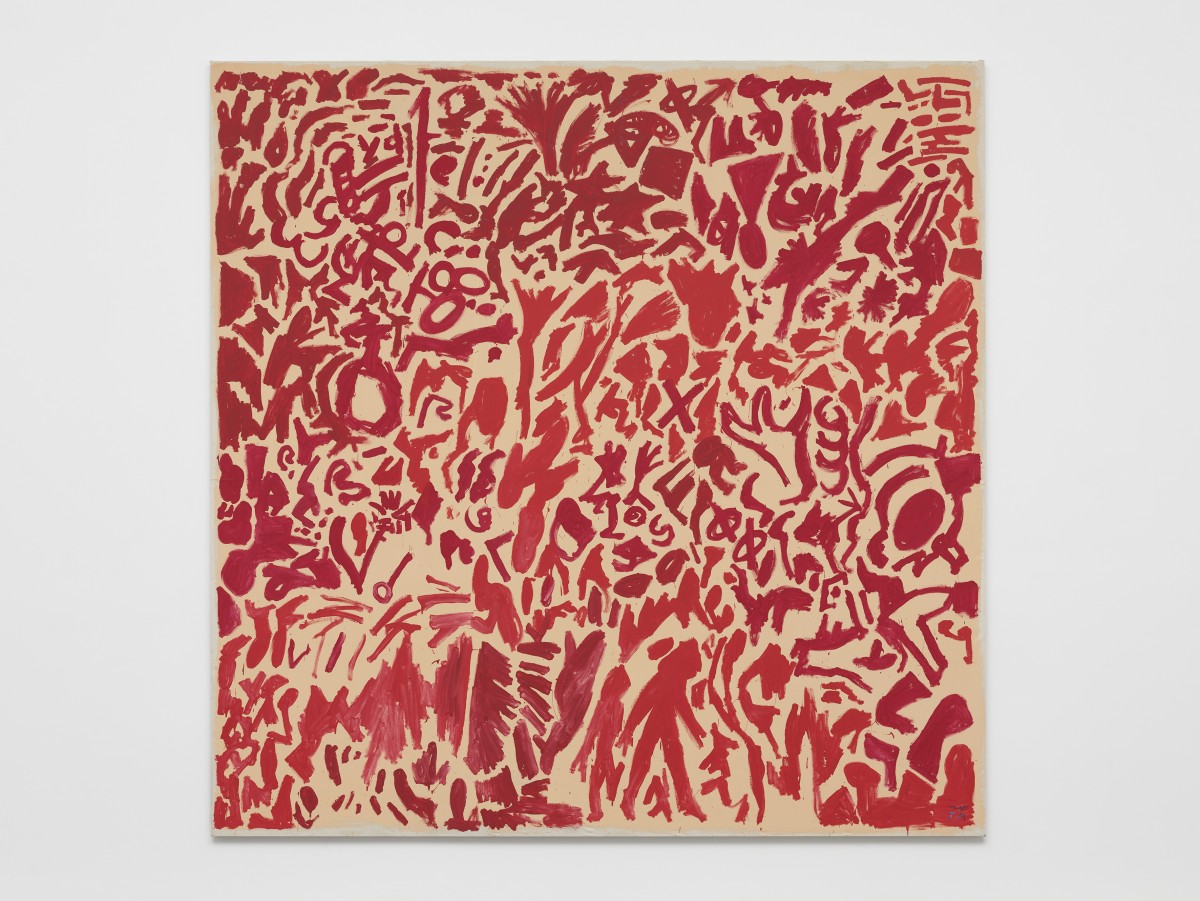ART CITIES: London-A.R. Penck
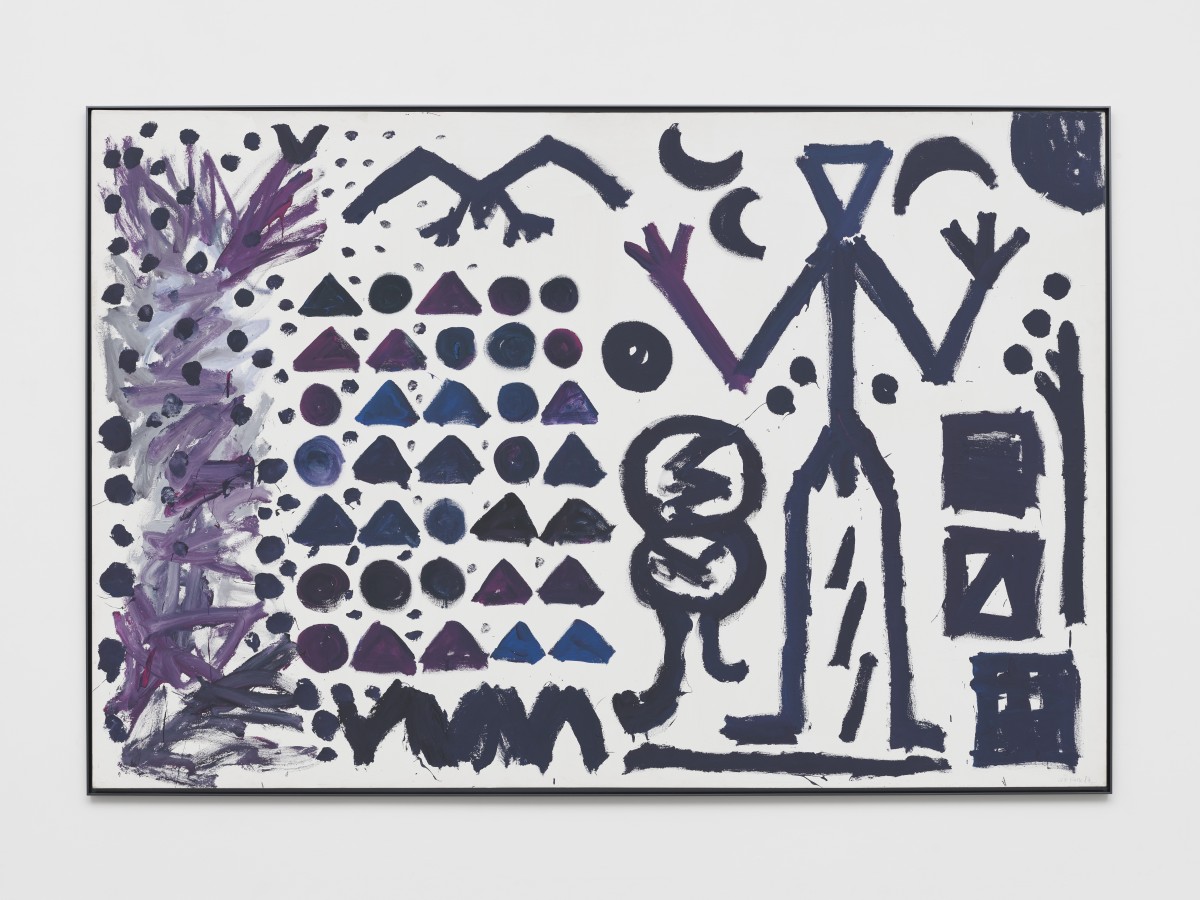 Considered a Neo-Expressionist, A.R. Penck is best known for his paintings and sculptures characterized by simplified figures and forms, and neo-primitive symbols and patterns. His interest lay in the development of a pictorial language based on a simple system of signs, which it would be possible for everyone to decode. The result was a radical reduction in form to a series of outlined stick figures, which he called “Standart”, in reference to the signals associated with commonly known standard symbols
Considered a Neo-Expressionist, A.R. Penck is best known for his paintings and sculptures characterized by simplified figures and forms, and neo-primitive symbols and patterns. His interest lay in the development of a pictorial language based on a simple system of signs, which it would be possible for everyone to decode. The result was a radical reduction in form to a series of outlined stick figures, which he called “Standart”, in reference to the signals associated with commonly known standard symbols
By Dimitris Lempesis
Photo: White Cube Gallery Archive
A.R. Penck’s approach to European painting was both radical and singular. Often associated with the leading German artists of his time, including Georg Baselitz and Anselm Kiefer, Penck’s work was equally distinctive and innovative. Featuring works from the mid-1970s up to 1990, the exhibition “Paintings 1974–1990” focuses on a particularly fertile and significant decade and a half in the artist’s 50-year career. Born in Dresden in 1939 as Ralf Winkler, Penck’s early years were marred by tragedy, including the bombing of his hometown in 1945 during the late stages of World War II. Despite multiple unsuccessful applications to art academies in Dresden and East Berlin, Penck, a tenacious autodidact, pursued a wide range of art forms at the margins of the establishment until his defection to West Germany in 1980. Asserting that from this moment onwards his work became ‘simpler and clearer’, Penck’s paintings from the 1980s are characterised by their large formats, bold colors and simplified forms. One of the early works in the exhibition, “Y” (1978) features a sparse composition comprised of a single central figure and other simplified forms in fresh green, set against a solid white ground. While the artist adopted his pseudonym A.R. Penck in 1968 (with reference to Albrecht Penck, an expert in geomorphology, climatology and the Ice Ages) he also occasionally signed his work with the letter ‘y’. Driven by a desire to create a universal visual language that could address contemporary society, Penck was developing what he termed “symbolschrift” (symbol writing) – a ‘building block system’ involving a glossary of lyrical motifs that would act as the lexical foundation of his profoundly dynamic compositions. Originating in the ‘Weltbilder’ from 1961, many paintings in the exhibition feature a two-dimensional stick figure, a kind of iconographic ‘everyman’. In “Soldiers Vision” (1989), the subject of conflict is foregrounded through the planar flattening of different perspectives and jostling, black shapes. Set against an uninflected, steely ground, Penck’s vision is vividly suggestive of war, the mass of shapes appearing to emanate from a central stick figure whose limbs are shown splayed. Similarly “Übergang” (1981) and “Standart-West KR4” (1982), both painted shortly after his move to the West, are brooding monochromatic canvases pervaded with a strong sense of angst, as evinced by their chaotic eruption of marks and forms. These dense scenes of palpable unrest reflect the tumult of history as it intersected with Penck’s biography: of the Allied firebombing of Dresden, of the divide of Germany and of the violent disquiet of the Cold War that followed. ‘
Penck’s work from the 1980s onwards reflects a frenetic time in the artist’s life. Against a backdrop of mounting political pressure, Penck would befriend Joseph Beuys in West Germany, move to London, and meet Jean-Michel Basquiat in New York. Through this period, free jazz becomes increasingly important to Penck, the spontaneity and energy of which is tangible in the stylish sprawl of glyphs in “Standart West London 1” (1983), a vibrant multi-layered work, its arrangement revealing a strong rhythmic propensity. By the mid-1980s, the artist was involved in numerous recordings with his jazz band Triple Trip Touch for whom he played the drums. He doubtless shared strong musical affinities with Basquiat, and the artists would go on to forge a close relationship of respect and artistic exchange, the impact of which is notable in works such as the amber “Untitled” (1989), and the vermillion “Untitled“ (c.1990). A painter and also an illustrator, sculptor, printmaker, Super 8 filmmaker, musician and writer, Penck drew liberally from subjects as broad ranging as philosophy, natural science, systems theory, science fiction and technology. Though his work is reminiscent of early art and prehistoric cave paintings, Penck was resolutely a man of his time who strove to invoke the trials and tribulations of his own century as much as any other. Suffused with a sense of mystery – both the pseudonymous figure as well as his work in general – the codification may point to a fascination with hieroglyphics and cybernetics, but equally the meaningless tangle of scrawled graffiti which characterised the Berlin Wall. He achieved an abstraction of complex, socio-economic situations in flat, pictorial compositions infused with symbolism. Penck was driven not by any system or rational narrative, but by apparent chaos and emotion. In every drawing and every painting he set out to create a purely visual space where the imagination can thrive and viewers can lose themselves.
Photo: A.R. Penck, Die Falsche Vorstellung von Ordnung, 1982, Synthetic resin on canvas, 78 9/16 × 118 1/8 in. (199.5 × 300 cm)80 5/16 × 119 11/16 × 1 9/16 in. (204 × 304 × 4 cm) (framed), Courtesy White Cube Gallery
Info: White Cube Gallery, 25-26 Mason’s Yard, London, United Kingdom, Duration: 9/3-14/4/2022, Days & Hours: Tue-Sat 11:00-18:00, www.whitecube.com
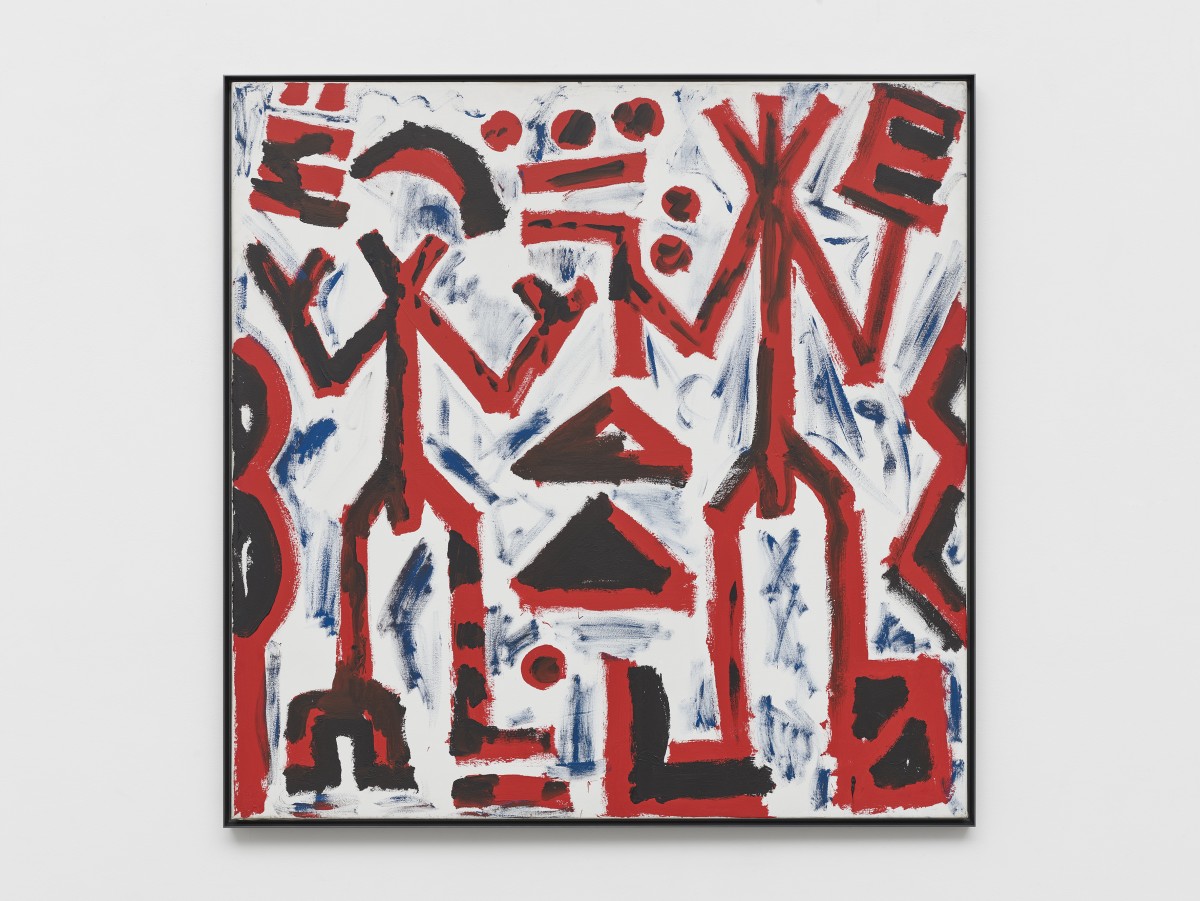
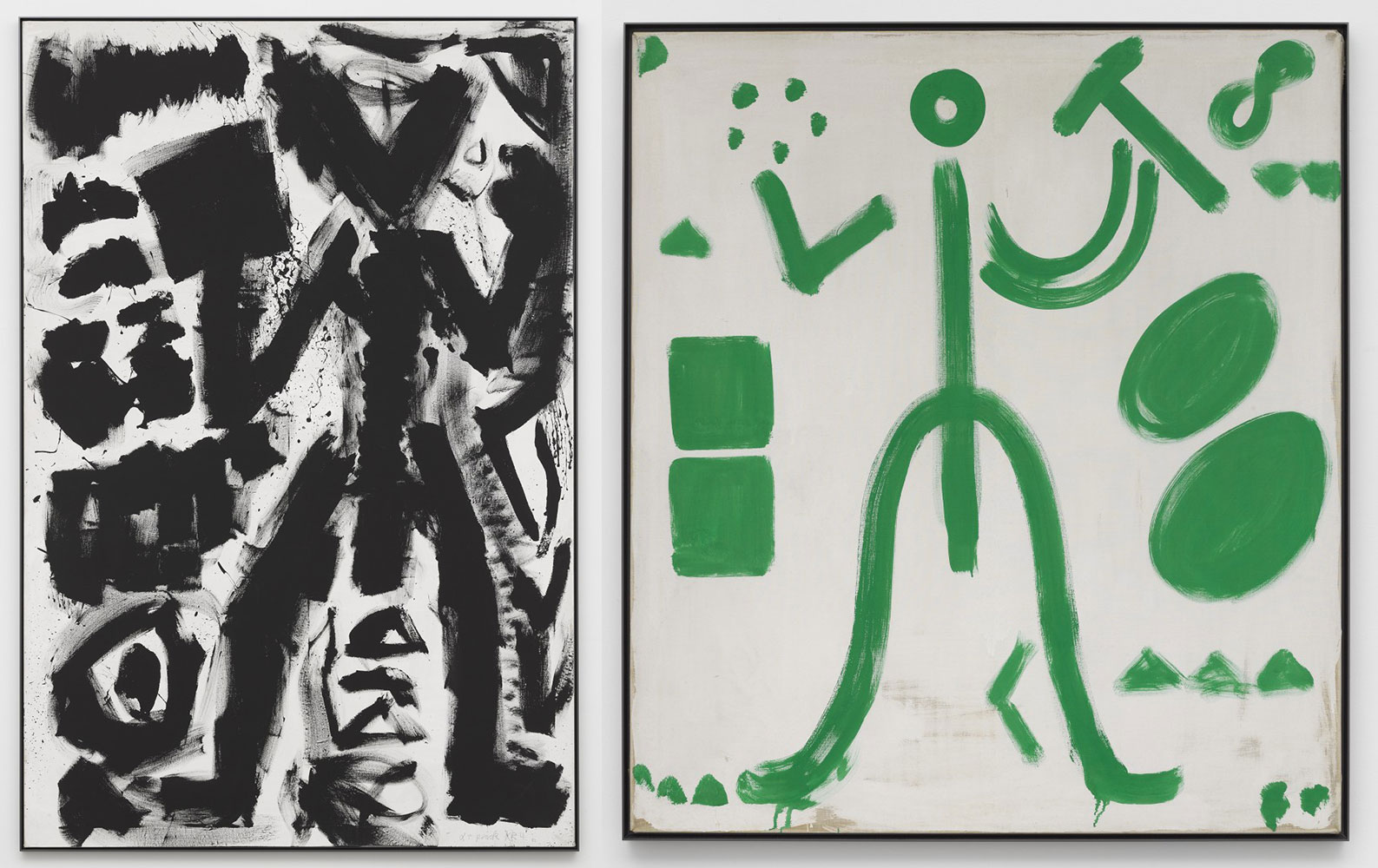
Right: A.R. Penck, Y, 1978, Dispersion on canvas, 51 3/8 × 45 1/2 × 0 15/16 in. | (130.5 × 115.5 × 2.4 cm), Courtesy White Cube Galley
